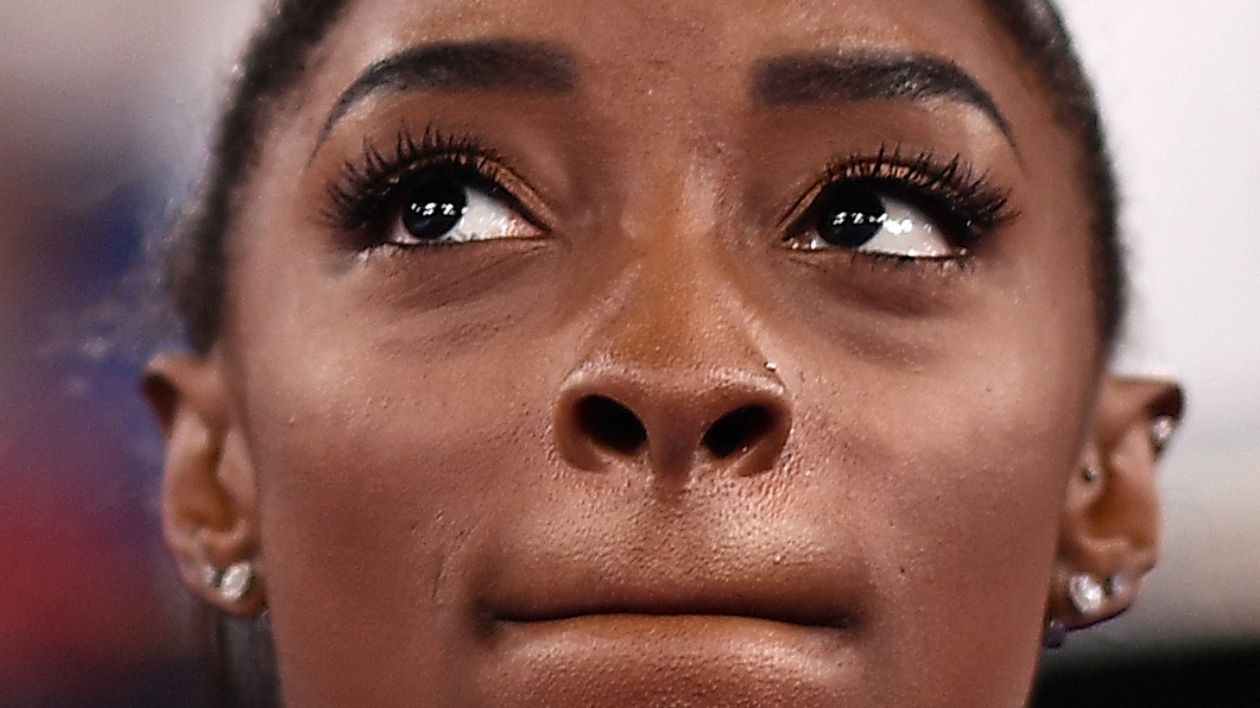The process of putting together the SportsPro 50 Most Marketable Athletes list, presented by Greenfly, is a lot more than just a random selection of names plucked out of thin air.
Simone Biles is a global star but her place at the top of the 50 Most Marketable Athletes list is not simply a story of supreme athletic ability, likewise Naomi Osaka at number two. Meanwhile Ashlyn Harris, perhaps a surprise as the third-ranked 50MM athlete, achieves that standing based on some bespoke metrics which delve into the very meaning of marketability.
The Zoomph scoring model, and definition of marketability, is based not just on how many followers and/or likes an athlete may have, but the demographic makeup and consumer affinities of their audience as well.
Analysed on a global basis, athletes across soccer, cricket, mixed martial arts (MMA), boxing, surfing, tennis, golf, volleyball, motorsport and esports were all tracked on the Zoomph media valuation and consumer insights platforms via direct APIs with the social networks. Also included in that cohort were Olympic athletes and those from the major North American sports leagues.
To settle on the final 50 Most Marketable Athletes ranking, digital engagement measurement specialist Zoomph analysed more than 7,000 athletes who have been active in 2021 on at least three of the four major social platforms – Facebook, Twitter, Instagram and TikTok – between January and July 2021. Follower counts and audience analytics were taken as of 31st July, 2021.
The Zoomph scoring model comprised of two primary categories, each given equal 50 per cent overall weighting on a total scale of 250 points. Within each primary category are two or three subcategories.
Here is how it breaks down:
- Social performance metrics: 125 total points
– Frequency: total number of posts
– Reach: total number of followers/likes across the four different platforms
– Engagement: average engagement rate and follower interaction rate - Audience metrics: 125 total points
– Fan Demo: percentage of social audience that is female, Gen Z or Millennial
– Fan Attractiveness: percentage audience with an affinity for music, gaming, international/global affairs or luxury goods.
The final Athletes Influencer Score is based on relative strength across the different categories and subcategories in direct comparison to the overall pool of athletes analysed.
Audience metrics were determined by Zoomph’s consumer insights platform, which has a database of more than 350 million social profiles. Individual audiences were created for each athlete analysed based on their own social following. All audience demographic and psychographic data was anonymised prior to ingestion into Zoomph. While audience data is continually refreshed into the Zoomph platform.


